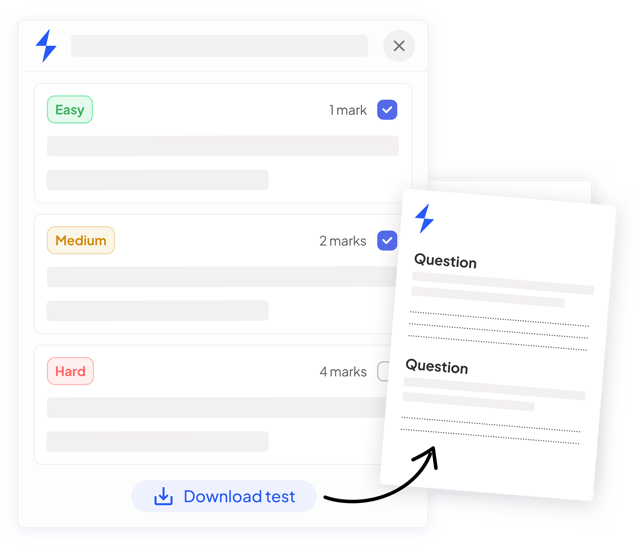Van der Waals' Forces (Cambridge (CIE) AS Chemistry): Revision Note
Exam code: 9701
Van der Waals' Forces & Dipoles
Covalent bonds are strong intramolecular forces
Molecules also contain weaker intermolecular forces which are forces between molecules
These intermolecular forces are called van der Waals’ forces
There are two types of van der Waals’ forces:
Instantaneous (temporary) dipole – induced dipole forces also called London dispersion forces
Permanent dipole – permanent dipole forces
Intermolecular and intramolecular forces in water

Instantaneous dipole - induced dipole (id - id)
Instantaneous dipole - induced dipole forces or London dispersion forces exist between all atoms or molecules
The electron charge cloud in non-polar molecules or atoms are constantly moving
During this movement, the electron charge cloud can be more on one side of the atom or molecule than the other
This causes a temporary dipole to arise
This temporary dipole can induce a dipole on neighbouring molecules
When this happens, the δ+ end of the dipole in one molecule and the δ- end of the dipole in a neighbouring molecule are attracted towards each other
Because the electron clouds are moving constantly, the dipoles are only temporary
Instantaneous dipoles

Id - id forces increase with:
Increasing number of electrons (and atomic number) in the molecule
Increasing the places where the molecules come close together


Permanent dipole - permanent dipole (pd - pd)
Polar molecules have permanent dipoles
The molecule will always have a negatively and positively charged end
Forces between two molecules that have permanent dipoles are called permanent dipole - permanent dipole forces
The δ+ end of the dipole in one molecule and the δ- end of the dipole in a neighbouring molecule are attracted towards each other

For small molecules with the same number of electrons, pd - pd forces are stronger than id - id
Butane and propanone have the same number of electrons
Butane is a nonpolar molecule and will have id - id forces
Propanone is a polar molecule and will have pd - pd forces
Therefore, more energy is required to break the intermolecular forces between propanone molecules than between butane molecules
So, propanone has a higher boiling point than butane

Examiner Tips and Tricks
Remember this difference: intramolecular forces are forces within a molecule, whereas intermolecular forces are forces between a molecule.
Hydrogen Bonding as a Permanent Dipole
Hydrogen bonding is an intermolecular force between molecules with an -OH/-NH group and molecules with an N/O atom
Hydrogen bonding is a special case of a permanent dipole - dipole force between molecules
Hydrogen bonds are stronger forces than pd - pd forces
The hydrogen is bonded to an O/N atom which is so electronegative, that almost all the electron density from the covalent bond is drawn towards the O/N atom
This leaves the H with a large delta positive and the O/N with a large delta negative charging resulting in the formation of a permanent dipole in the molecule
A delta positive H in one molecule is electrostatically attracted to the delta negative O/N in a neighbouring molecule
Hydrogen bonds in water molecules

Ready to test your students on this topic?
- Create exam-aligned tests in minutes
- Differentiate easily with tiered difficulty
- Trusted for all assessment types

Did this page help you?